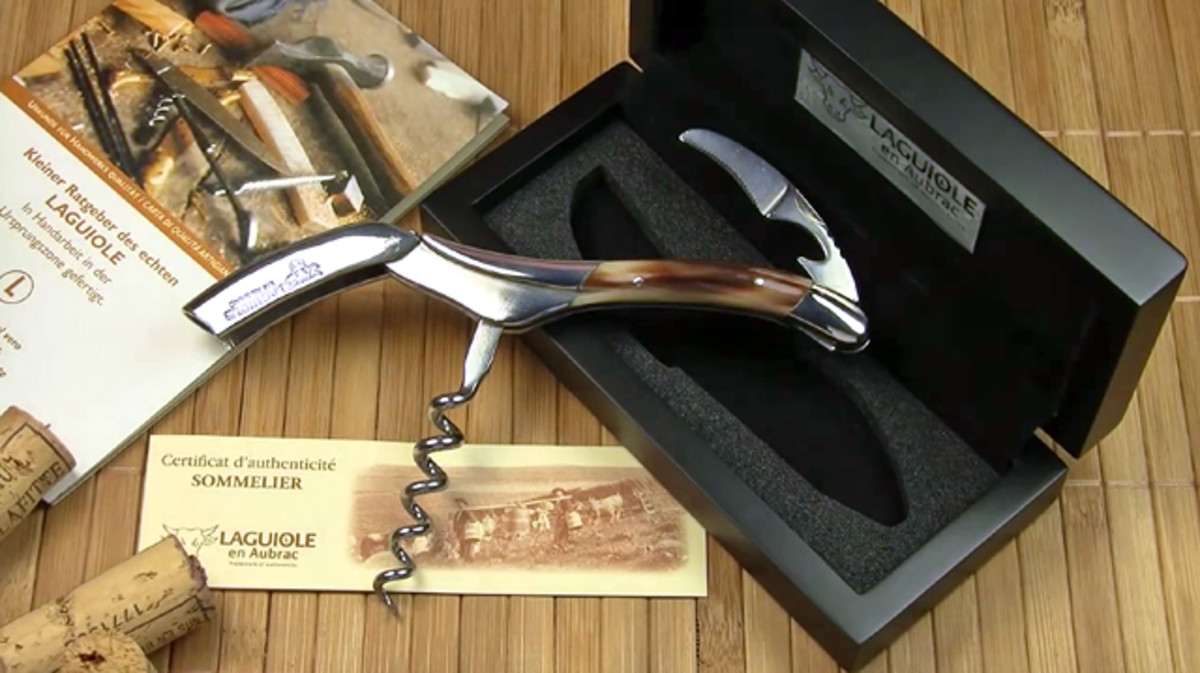An Introduction to Argentine Wines
ARGENTINE WINE
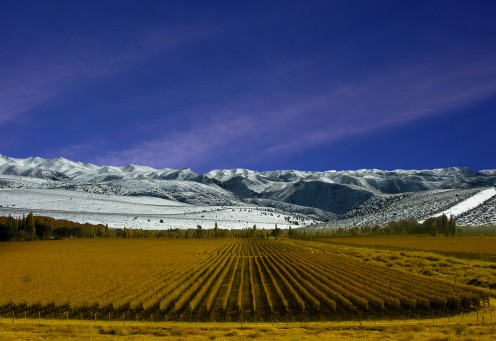
Argentine Vinyards and Grapes
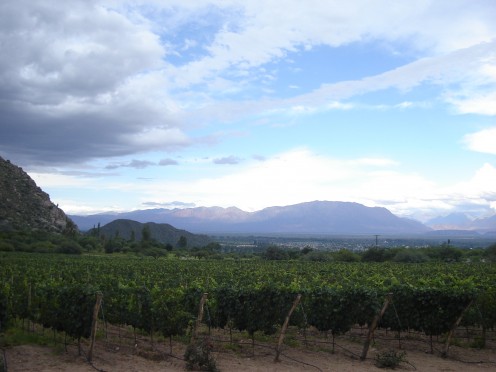
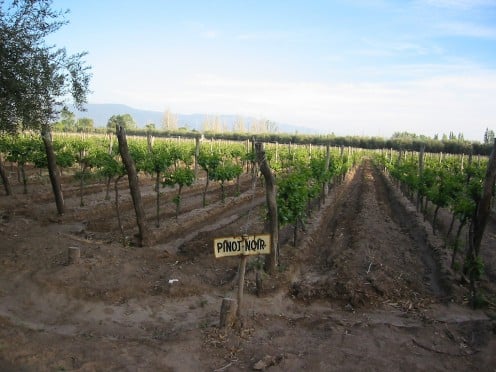
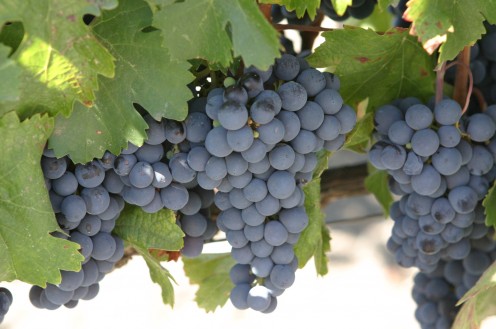
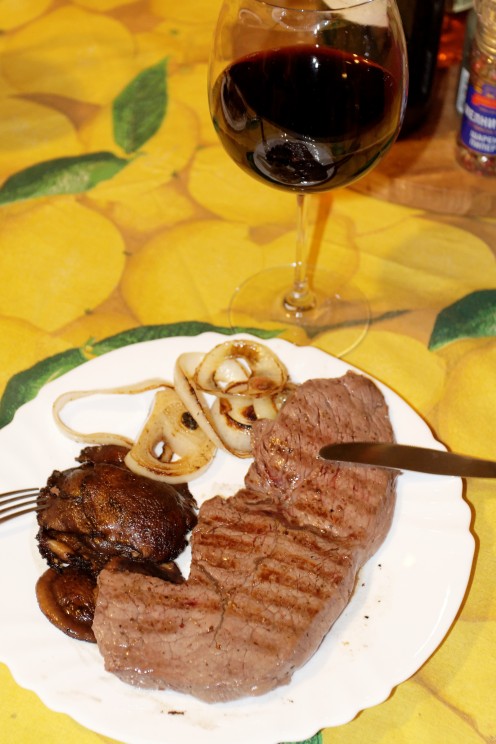
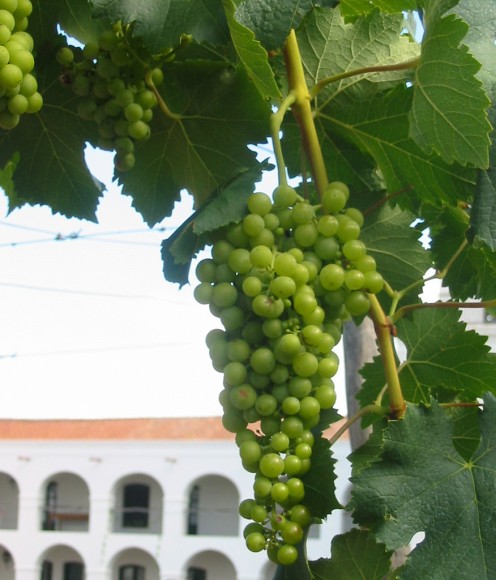
An Introduction to Argentine Wines
What are Malbec grapes?
Robert Parker Vintage Chart
====================
An Introduction to Argentine Wine
====================
When I began drinking wine in the 1960s, the only wines being shipped to the United States from South America, came from Chile. As I recall, they were simple wines labelled mostly as Burgundy or Pinot Noir.
--------------------------------
Today you see just as many wines from Argentina and they are low priced and of much better quality than in the past. Here are ten things that you should know about the wines of Argentina.
====================
1. Argentina is the fifth largest producer of wine in the world (4.60% of the world’s production in 2010). Argentina is fifth in the world in wine production behind France, Italy, Spain, and the United States.
-------------------------------
2. Argentina is the seventh largest importer of wine into the United States behind Italy, France, Spain, Australia, New Zealand and Chile.
-------------------------------
3. The per capita consumption of wine in Argentina is 23.7 liters per year, which is slightly more than in the UK (20.7 liters) and more than twice as much as in the United States (9.4 liters).
------------------------------
4. Argentina produces approximately 68 percent red wine and 32 percent white wine.
-----------------------------
5. There are seven wine regions in Argentina but two of them, Mendoza and San Juan, produce more than 90 percent of all Argentine wine.
-----------------------------
6. The Mendoza wine region alone produces more than 69 percent of all of the wine produced in Argentina. The wine vineyard acreage in that single region is slightly less than half of all of the vineyard acreage planted in the United States and more than all of the wine acreage in Australia and New Zealand combined.
-----------------------------
7. Argentine wines are labeled similar to California wines with the grape variety listed first and then the region in which the grapes were grown. However, the wine regulations are confusing and the only strict rule that I found was that if the grape variety is listed on the label, than the wine must contain at least 80 percent of that grape variety.
-----------------------------
8. Perhaps the best known Argentine red wine grape is the Malbec, followed by the Bonarda, Shiraz, Cabernet Sauvignon and Merlot. The Malbec is one of the grape varieties which can be used in Bordeaux wines but seldom is any more. The Bonarda is related to the Charbono grape and makes rather ordinary wines.
-----------------------------
9. The most widely planted white wine grapes are the Pedro Gimenez, Torrontes Riojano, Chardonnay, Chenin Blanc and Ugni Blanc. Pedro Gimenez grapes are used to make fortified wines. Torrontes Riojano grapes produce aromatic wines reminiscent of Muscat or Gewurtztramminer. Chenin Blanc is the grape of the French Loire. Ugni Blanc is the grape used to make Cognac in France but it probably came to Argentina with immigrants from Italy where it is known as the Trebbiano grape.
-----------------------------
10. Argentine wine vintage ratings are only available for the six-year period from 2004 to 2009, but they have been uniformly very good during that time period.
===========================================
Wines of Argentina
Argentine Wine Primer
ARGENTINE WINE REGIONS
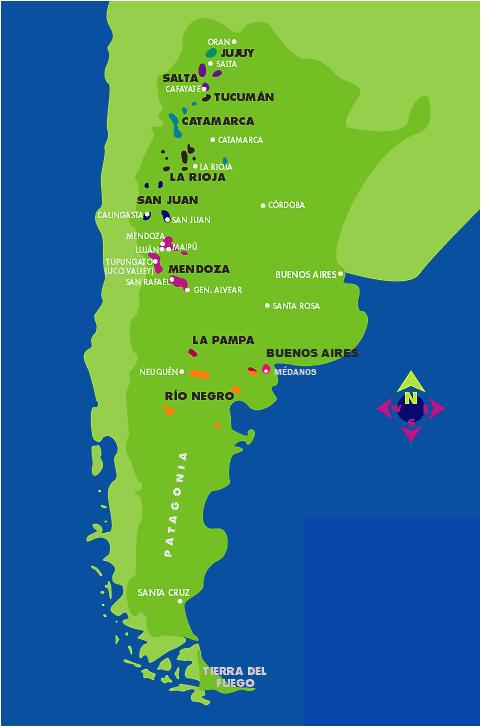
=================================================
There are seven wine regions in Argentina with twenty sub-regions. However, more than 90 percent of all Argentine wine is grown in only two regions, Mendoza and San Juan. In fact, the region of Mendoza by itself mas more wine acreage planted than all of Australia and New Zealand combined.
=================================================
ARGENTINE WINE REGIONS
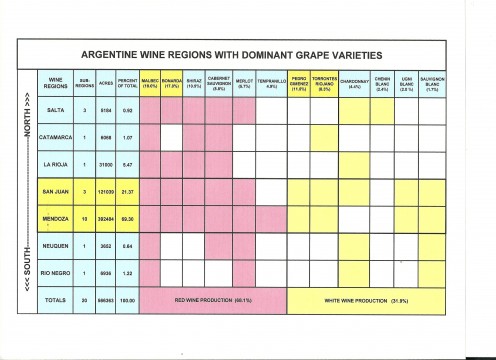
Wine Labels from Argentina
- Wine Labels from Argentina
Wine Labels from Argentina
Buenos Aries Montage
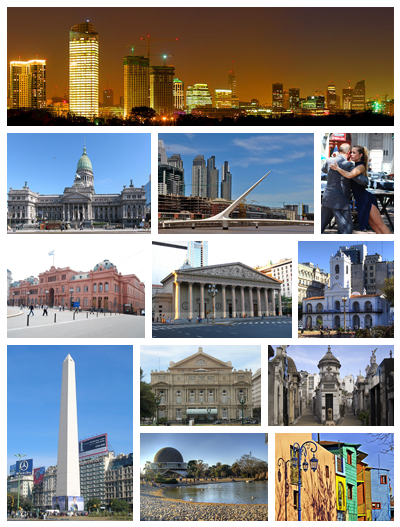
DIRECTIONS FROM BUENOS ARIES TO THE MENDOZA WINE REGION
More Wine Hubs by rjsadowski
- Wine and Food - How to Hold a Wine Tasting?
One of the best ways to learn about wine is to hold a wine tasting with your friends. This Hub explains the best way to do this. Better yet, form a wine tasting club and meet regularly to learn and have fun. You can also explore different cheeses and - Top Ten Things You Should Know About Wine
If you are interested in learning about wine, here is a list of the top ten things that you should know. Topics covered are wine production, consumption, what to look for and other interesting facts. The most important thing to remember is that there - An Introduction to California Wines
California is one of the largest producers of wine in the world. If it was a country it would be fourth behind only France, Italy and Spain. Although in recent years, the prices for their top quality wines have skyrocketed, there are still many relat - An Introduction to French Wines
France is the largest producer of wines in the world. French wine regions like Bordeaux, Burgundy, Champagne and Beaujolais have become household words. French grape varieties such as cabernet sauvignon, pinot noir, chardonnay, syrah and merlot are p - French Wine Regions - Bordeaux
The greatest wines in the world come from the French Wine region of Bordeaux. Names like Chateau Margaux, Chateau Latour and Chateau Lafitte Rothschild are legendary and command the highest wine prices. The main regions in Bordeaux are the Medoc, Gra - French Wine Regions - Beaujolais
The French wine region of Beaujolais has three major appelations (AOCs) - Beaujolais, Beaujolais Village and Crus du Beaujolais (containing ten individual Crus). This article describes all of them along with the grapes and the method which is used to - French Wine Regions - Burgundy
The various regions of Burgundy are described as well as the grapes that are grown there. In addition, many of the greatest wines of Burgundy are listed along with my comments on those that I have tasted. Also included are fond recollections of a wee - French Wine Regions - The Rhone Valley
The wines of the Rhone valley stretch from Vienne which is close to Lyon all the way down to Avignon which is fairly close to Marseille.There are two distinct regions that make entirely different wines from different grape varieties. The north produc - French Wine Regions - Alsace
Alsace often changed hands between Germany and France for over a hundred years until the treaty of Versilles was signed in 1921. It is no wonder that the Alsacian wines still resemble the white wines of Germany with the grape variety displayed promin - French Food - Coq au Vin (Chicken in Wine)
Coq au Van is a classic dish from the Burgundy region of France. It is traditionally made with a rooster (coq) and a bottle of Burgundy wine (au Vin). I make it with chicken legs and thighs and an inexpensive California pinot noir. This dish also inc




